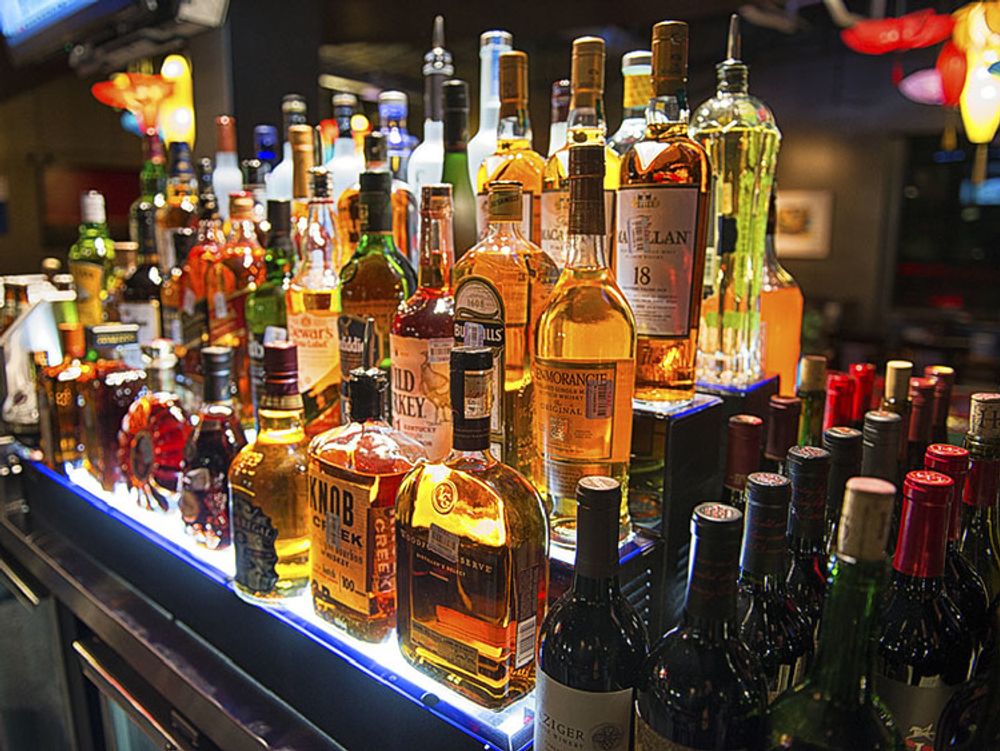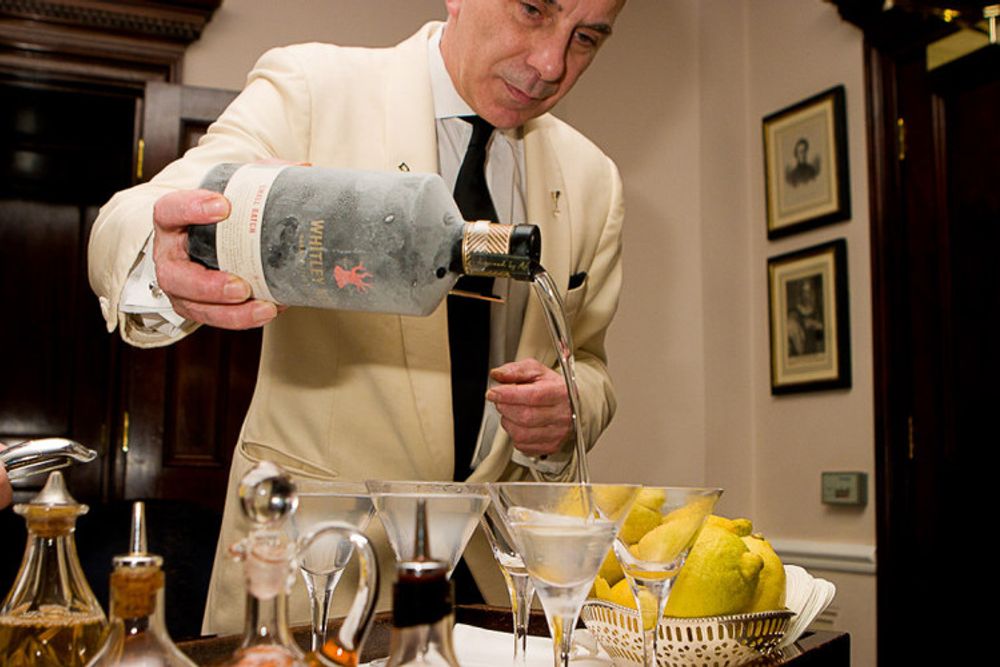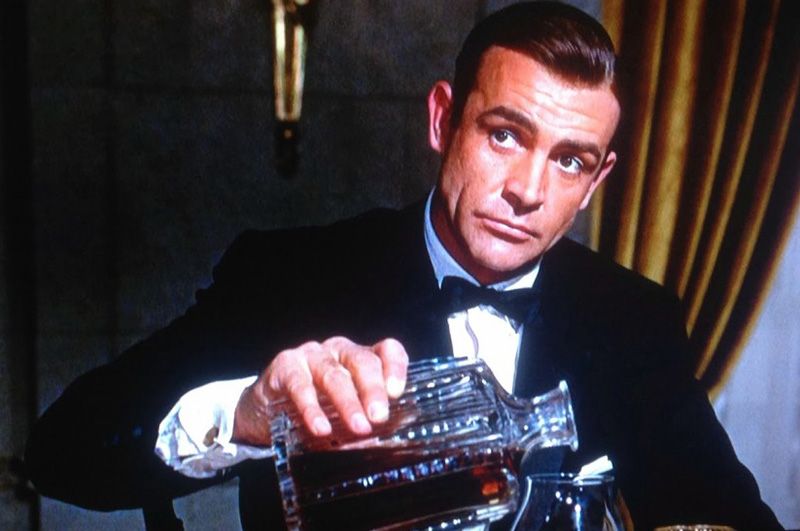If I had been given a bottle of sprits for every time I had written about a new brand, or a relaunch of an old favourite, that said it was was looking to target the trend for “greater premiumisation” in the on-trade, well I could probably have opened my own bar.
I have to admit I have been as guilty as everyone else on the writing side of the spirits fence for quite happily quoting brand managers and ambassadors with all their “premiumisation” plans for the category.
But the phrase has become so widely used for a whole raft of products that it is in danger of becoming meaningless unless we really get to grips with what we mean when we use it.
It is not alone in the spirits vernacular. Describing a product as “luxury” has become so commonthat you almost feel sorry for any producer that genuinely has a new “luxury” product to talk about such is the contempt some in the trade have towards the term.
So let’s batten down the hatches and try and protect the world of “premiumisation” before it too loses its touch with reality, if it is has not done so already.
I say that because the term goes a long way to describing and explaining what has been one of the most important driving forces within not only spirits over the last two to three years, but across all drinks categories.
These in turn, have created new drinking occasions for ever discerning consumers, who have taken in their droves to the new formats of bars and pubs that are providing the perfect backdrop to this new premium era.
So let’s give premiumisation its due and dissect what the term actually means. Why it is still important we take it seriously and, most importantly, learn the lessons it teaches us about the kinds of drinks, serves, and outlets that consumers increasingly want to experience.
It’s not just about price

The first thing to understand is that when we talk about premiumisation we are not just talking about an expensive product. Yes, it could be, but it in the main it is less about price, more the aspirations that the brand stands for and, more importantly, the values it represents to the consumers who want to drink it.
The back bar, as we know, is a highly competitive place to be and such has been the impact of premiumisation that each brand that sits there is like an actor with a role to play, doing all it can to perform and catch both the attention of the bartender and the customer.
How it is made
How it does that relies on a myriad of factors, none more important than how it is made.
Consumers are increasingly looking for products with genuine stories, based on their history, their provenance – the more artisan qualities the better.
Yes, they can all be easily swayed by the offer of the latest high street homogenous chain, but at the same time, they are also looking for products, and brands that mean something special, individually to them. The right spirit made in the right way can deliver all the premium attributes you can want.
It is why we are seeing so many products being launched with ever more specific details about the number of junipers, how many times it has been distilled, the origin of the water, down to the specific, unique, sometimes functional and health benefits of every tiny component of the drink.
There is definitely a danger this trend could descend in to self parody, that could fit easily in to a modern day Monty Python sketch. But providing each ingredient and production process provides genuine value to the end consumer it is a trend that should be welcomed. We are, after all, getting much more value for our money and the category is not being completely dominated by the brands with the biggest marketing budgets.
The personal touch
The beauty of the premiumisation trend, and why we should all work hard to preserve it, is that it means different things to different people. What you perceive to be a premium product might be very different to what I think and there’s the opportunity.
It is also why a genuinely premium product usually has so many hooks on which to spin its story. They won’t all necessarily be interesting to one person, but collectively they will appeal to a wide range of consumer, and better still bring new drinkers in to the spirits category.
It is also why a genuine premium brand is not just positioned at the elite or the most wealthy. By nature those consumers are always looking for the next most important or exclusive item and are not a solid basis on which to plan a long term brand.
But get the brand characteristics right then it can appeal to both rich and aspirational consumer groups if they carry values of quality, prestige and class that are relevant to them.
All about personality
The premium category is no place for a shrinking violet. To play in the premium space a brand needs to have the right personality to cope. That means having the right upbringing, the right values and crucially a self confidence that you belong in such company. Only then will consumers think you have the gravitas to carry the premium label.
The final touch

The legendary Alessandro Palazzi making the perfect martini at The Duke’s Hotel in London’s St James
Ultimately the success of a premium brand rests in those final moments when it was taken from the back bar and presented to the customer. Creating rituals, excitement and a sense of excitement about how the drink is made, poured and presented at the bar is what really makes a premium product stand out from the pack.
We may have come a long way from the “shaken not stirred” martini, but when it comes to capturing and encapsulating what makes a brand special then imagining James Bond ordering it at a bar is still the benchmark today.
It may be some time before Daniel Craig himself frequents your bar, but knowing what he might order and having it waiting on the back bar will go a long way to ensuring that he, and all those who aspire to be like him, come back.
- This is an article I produced for Crown Cellars, the wine and spirits arm of Carlsberg, on why the term “premiumisation” in spirits is in danger of losing its meaning, but why bars, pubs, restaurants and suppliers need to go back to why it was such an important trend in the first place.































